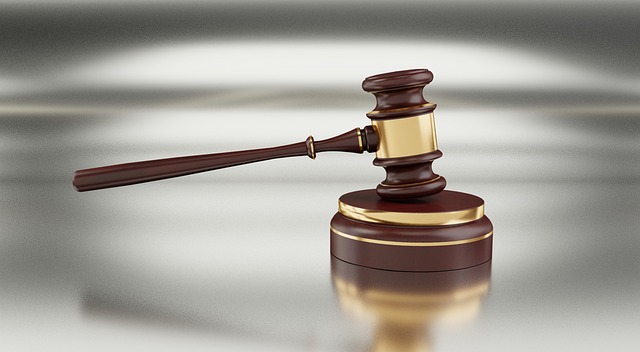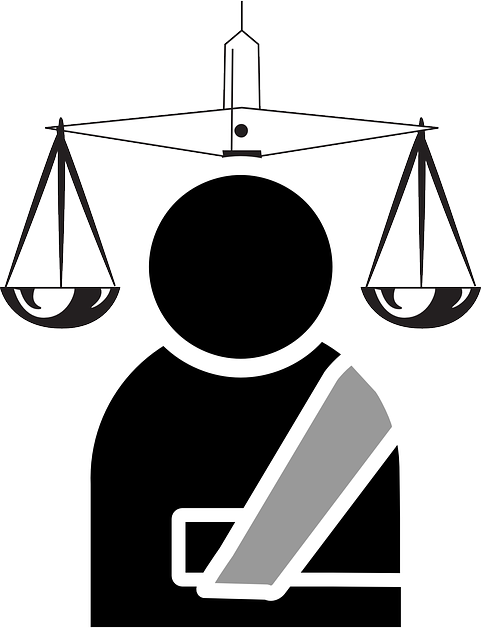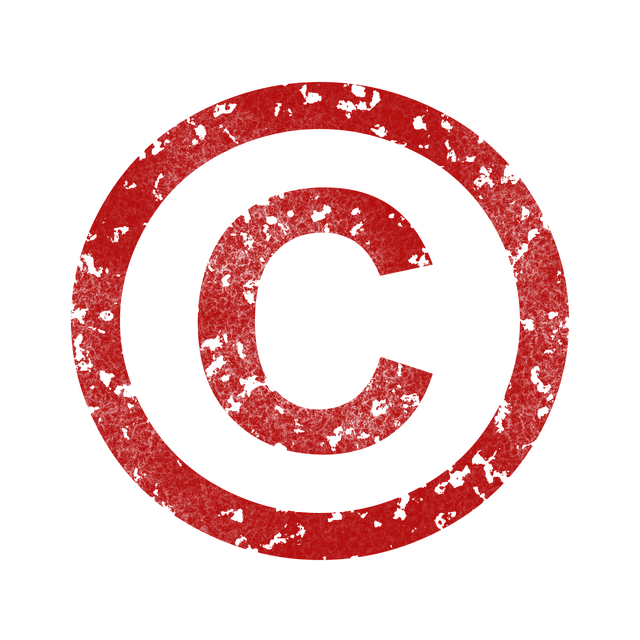Successfully navigating an injury claim requires gathering essential information like accident details, medical records, witness statements, and evidence, which should be collected immediately after the incident. Legal professionals specializing in injury claims can guide individuals through complex procedures, ensuring robust cases built on solid evidence. Strong claims, especially in auto accidents or employment disputes, rely on detailed documentation of negligence or misconduct, increasing chances of successful compensation.
Documenting an injury claim can be a complex process, but with proper preparation, you can ensure a stronger case. This comprehensive guide walks you through navigating your injury claim effectively. From understanding the initial steps of the claim process to gathering and documenting crucial evidence, we provide essential insights. Learn how to present a compelling and accurate narrative, maximizing your chances for a successful outcome. Key focus areas include understanding your rights, collecting evidence, and crafting a persuasive claim.
- Understanding Your Injury Claim Process
- Gathering and Documenting Evidence
- Presenting a Strong and Accurate Claim
Understanding Your Injury Claim Process

Understanding your injury claim process is crucial to ensuring a smooth transition from incident to resolution. The first step involves gathering all relevant information—details of the accident, medical reports, and witness statements. This foundation is critical as it forms the backbone of your claim. Documenting every aspect meticulously will help when presenting your case, especially in complex scenarios that involve auto accidents or employment contracts.
Knowing your rights and the legal procedures involved gives you the edge when dealing with insurance companies or seeking accident compensation. Engaging an auto accident attorney or legal expert who understands these nuances can significantly enhance the process. They can guide you through the intricacies of injury claims, ensuring your case is built on a solid, evidence-based foundation.
Gathering and Documenting Evidence

Gathering evidence is a crucial step when documenting an injury claim. This involves collecting any and all relevant information that can support your case. Start by taking detailed notes immediately after the incident – record your injuries, witness statements, and any immediate observations about the circumstances leading to your harm. Photos of the scene, your injuries, and any damaged property are also invaluable pieces of evidence.
Additionally, obtain contact details of anyone who witnessed the event, especially in cases of auto accidents or product liability claims where third-party responsibility is a factor. Medical records are another critical component; ensure you have copies of all diagnoses, treatments, and prescriptions related to your injuries. An organized collection of this evidence will significantly strengthen your claim when working with an auto accident attorney or pursuing injury compensation for a defective product.
Presenting a Strong and Accurate Claim

Presenting a compelling and accurate injury claim is paramount to ensuring a successful outcome. The initial steps involve gathering all relevant information pertaining to the incident, including medical records, witness statements, and any evidence that supports your case. Organize this data in a clear, chronological manner, detailing the sequence of events leading up to and following the injury. This structured approach demonstrates a thorough understanding of the claim, which can significantly strengthen your position.
Moreover, when presenting your claim, be mindful of potential legal complexities, such as breach of fiduciary duty or partnership disputes (common in real estate litigation). Accurate documentation that clearly outlines the negligence or misconduct responsible for the injury is crucial. Ensure every detail is accounted for to avoid any misinterpretations and to demonstrate a valid, justifiable claim.
Documenting an injury claim requires a systematic approach, from understanding your rights to presenting compelling evidence. By familiarizing yourself with the process, gathering relevant documentation, and crafting a clear, accurate narrative, you can navigate this critical phase effectively. Remember, thorough documentation is key to securing the compensation you deserve for your injury claim.






